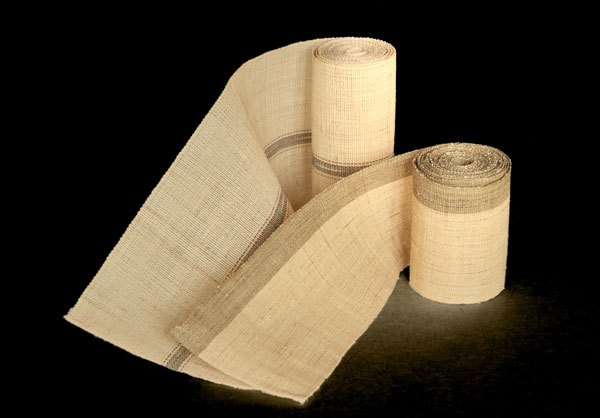会津からむし織
Pronunciation: Aizu Karakami-ori
Production area: Showa Village, Onuma District, Fukushima Prefecture
Aizu Karakami-ori is a textile woven from karamushi (ramie), a perennial plant of the nettle family also known as choma. Cultivated in the fields of Showa Village, its fibers are extracted from the stems and used not only for Aizu Karakami-ori but also as raw material for Echigo Jofu and Ojiya Chijimi, both Important Intangible Cultural Properties. Karamushi textiles are highly breathable and moisture-absorbent, while the woven cloth is light, supple, and crisp, offering a cool and refreshing comfort that many say makes it impossible to wear any other fabric once experienced. In the village, weaving skills have been handed down from generation to generation—from parent to child, mother-in-law to daughter-in-law—and garments such as Kamishimo woven on ground looms were worn as formal attire. In 2017, the long-standing techniques were officially recognized when “Oku-Aizu Showa Karamushi-ori” was designated a Traditional Craft of Japan.

Photo courtesy of Tohoku Bureau of Economy, Trade and Industry, METI



















